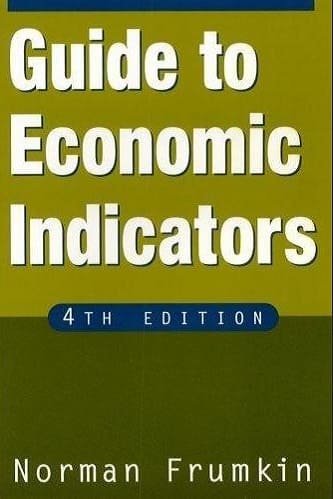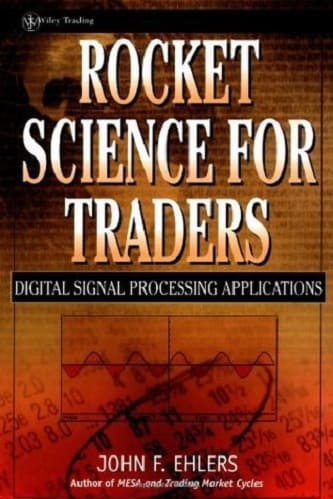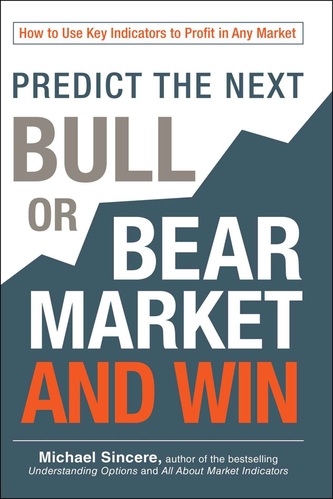Articles
Leading and Lagging Indicators: Achieving A Balance By Joe DiNapoli
How would you like a trading methodology that gives you predefined entry levels, reasonably tight stops, and precalculated profit objectives as soon as you enter the move? We’re not through. Add to that a very high percentage of winning trades. This is not only the promise but it can also be the reality of properly mixing high quality leading and lagging indicators in an overall trading methodology.
Almost every technical indicator is a lagging indicator. Moving averages, MACD, the RSI, Stochastics, you name it, we’re talking lagging indicators. First there’s a move in price, then sometime later in the game, the indicator signals buy or sell. That’s why lagging indicators are called lagging indicators. They lag behind market action. They give signals after the fact. Leading indicators, on the other hand, tell us ahead of time where the market is likely to find support or where the market is likely to find resistance. Most traders who have attempted to use leading indicators have looked toward some form of overbought or oversold oscillator. Most oscillators, however, are in the camp of coincident or lagging indicators. They may tell us when a market is at a resistant point or when a market is at a support level, but typically they do not give us useful information ahead of time. Traders rightfully view the use of leading indicators as a dangerous enterprise because few traders understand how to place a true leading indicator in the proper context to achieve the desired results. The trick is to achieve the proper balance by mixing leading and lagging indicators across time frames. If we can accomplish this objective, we can come up with a trading approach which is far superior to using either of the two exclusively.
Let’s look at the problem more closely. Traders, being rational human beings, prefer lagging indicators because they want the comfort level of seeing a market already in a move prior to their entry. Unfortunately, this kind of comfort comes at a price. Once the lagging indicator is firmly established in a given direction, everyone else sees the move and everyone else is getting in at about the same time. Those who provide the necessary liquidity to fill the orders of the lagging indicator traders need to make their profit, so now we’re ready for a re-tracement. This re-tracement is typically to the area where the lagging indicator players put their stop. The net result is the lagging indicator trader may be right on market direction, but is all too often stopped out before the market goes the way he knew it would all along. So how do we overcome this situation? Buy precalculated dips in an overall uptrend. Sell precalculated rallies in an overall downtrend. We determine the location of such dips and rallies with high quality leading indicators.
In my trading career I have found only two leading indicators that have the reliability necessary to justify employing them. The first is the Oscillator. Here’s how it works. First, determine the context for the trade using lagging indicators. Then establish the entry level using a high quality leading indicator. Continue to use the leading indicator to find a stop placement point. In the case of an uptrend, this would be below a substantial support level. In the case of a downtrend, the stop would be above a substantial resistance level. Notice I don’t use money stops. If the stop is too large for money management criteria, simply don’t take the trade. Since the stop placement point is known ahead of time, it’s easy to make that calculation. Once the stop and entry are in place, it is now possible to calculate an expansion level (leading indicator) to take profits. The closing order is placed in the market immediately upon making this calculation. Do not wait for the market to get there and see what happens.
Suggested Books and Courses About Trading With Indicators
Forex Secret Protocol Course By Toshko Raychef
Original price was: $97.00.$19.05Current price is: $19.05.If you are using high quality leading indicators, the advantages of this type of trading are substantial. You can achieve an extremely high percentage of winning trades. In addition, your orders will be filled with a minimum of slippage, because you are buying a dip when the market is coming at you and you’re selling a rally when the market is advancing. If you’re trading size, this can be a huge advantage as compared with initiating a trade with buy stops or sell stops. If you’re trading a two lot, this approach can be significantly beneficial on your execution as well, but more on that later. Is there a downside? Obviously! It takes some experience to learn just how to employ the techniques. Let’s say the market approach you’re using to determine the direction has indicated a strong upmove. You’re buying a dip within that upmove but you placed your entry order too conservatively, on a support point that is not reached. The market takes off without you. If you do this repeatedly and you’re right eight out of 10 times about the overall market direction, you’re going to be filled only on the two times you’re wrong! This can be frustrating to say the least and underlines the need for the accurate use and thorough knowledge of high quality leading indicators to make the methodology work. Another problem arises when you’re taking profit objectives. You come to a clear point of resistance, you clear your trade, and the market keeps going. If you’re not a disciplined trader, you may end up getting right back in “at the market”, just as the market is about to have a serious correction. If you’re managing money, you may have some explaining to do. This problem can be mitigated if you trade multiple contracts. You can always hold some. I have tried this approach over the years, and I’ve found that exiting all positions at predetermined logical profit objectives is always better for my bottom line.
Another method you can use to accommodate runaway bull moves is to reenter the market on pullbacks against support points on lower time frames. Let’s say you may have exited a daily position on Tuesday and you reenter it on a half-hour chart on Thursday. What’s interesting about this approach is that even if you reenter the market at a higher price, you may be at a safer level. That means that statistically you would be less vulnerable to adverse volatility that could hit your stops and force you to take a loss. This approach allows you to control risk without raising your stops to areas likely to be hit! Typically, I look for my lagging indicator or coincident indicators on a higher time frame. Then I combine that indicator with my leading indicators on a lower time frame. For example, let’s say a daily pattern that I use as a setup to go long has just occurred. I’ll look at an hourly (or less) chart to calculate the precise entry and stop placement points. Depending upon the nature of the lagging indicator that provided the context for the trade, I determine the strength of the market. I will then use precalculated profit objectives on either the hourly or the daily chart as my exit point. The approach works equally well using a half-hour chart as a setup and dropping to a five minute chart for your leading indicator analysis. If you’re a monthly-based mutual fund trader you can consult daily analysis to determine your entry, exit, and profit objectives.
The lagging and coincident indicators I use to establish market trend or direction are displaced moving averages, a combination of the MACD and Stochastic, as well as a series of 9 price patterns. The only leading indicators I use are, as I said, a price-predicting oscillator as well as a specialized, advanced form of Fibonacci analysis. The more accurate your lagging indicators are the better your results. The more accurate your leading indicators are the better your results.
Now let’s examine different types of traders to see who would be best suited to this approach and who might not be well served by this type of trading methodology. Let’s take a fund manager with over five million under management. Such an individual can afford to diversify over a wide variety of markets and hedge his trading over a variety of different systems. He has the equity to take the market drawdowns that a much smaller trader couldn’t afford and he can hire help to be there when he wants a day off. Maybe he doesn’t need this approach. On the other hand, let’s take a trader with a $25,000 to $50,000 dollar account. This trader is often an individual who is attempting to make a living out of the market. He is often a one-man shop and needs income from which he can pay his bills. He may also need the support of his friends and family to continue this enterprise. It is very difficult for your wife to understand your explanation of a 30% win ratio and substantial losses for two months, even if the gain on the third month outweighs the losses. A high accuracy trading plan that shows consistent winnings avoids this issue and entices this type of an individual back to the computer. It fosters his ability to interact with the market in a very positive way.
Another consideration is the type of brokerage operation that may be available to him. The influential connections that a larger trader is able to cultivate may not be feasible for the smaller trader. We all know a one lot in the S&P is treated differently from a 10 or a 50 lot. It may be particularly attractive to a one or a two lot trader to have price orders in the market at predetermined levels prior to the market getting there. He avoids the necessity for handpicked filling brokers doing his “bidding.” In between the 50,000 and five million dollar million account there’s a lot of elbow room. Where you fit in can be dictated by many factors. For hedging purposes this approach can be a godsend. You eliminate all need for context since you know already that you have to own a couple of million dollars of, say, Swiss francs or Deutschemarks . What you do at that point is simple. Look at where you are in relation to your leading indicators. Act or wait as the numbers dictate.
Typically, mixing leading and lagging indicators is not suited to strict non-judgmental trading systems. It is perfectly suited, however, to traders who allow for some level of judgment in their trading operations. System traders have to be there day in and day out taking their signals so that when the big move comes, it will bail out their losses. This is very difficult on a one-man shop. However, an approach that yields a high percentage of winning trades and that is judgmental in nature can be picked up and traded at will, at almost any time of the year. This allows for a lot of down time for other activities. After all, isn’t that why most of us got into trading in the first place? Those using this information for trading purposes are responsible for their own actions. No guarantee is made that trading signals or methods of analysis will be profitable or will not result in losses. It should not be assumed that future performance will equal or exceed past results.
Joe DiNapoli and author of Trading with DiNapoli Levels. The book covers his compreshensive and modular trading approach.




